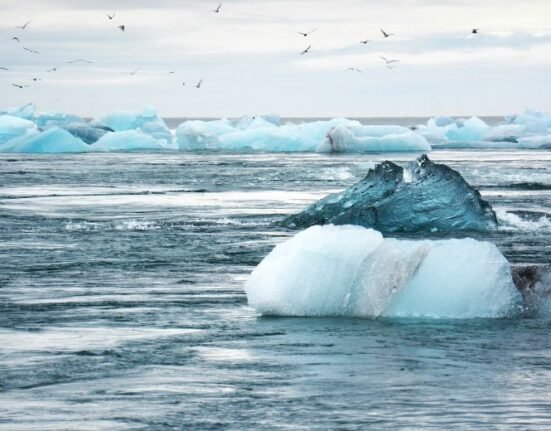HQ Team
November 7, 2022: A 1.5 degree centigrade of global warming above pre-industrial levels will make 70-90% of tropical coral reefs disappear, and at 2 degrees of heating, over 99% could vanish, a UN report stated.
“Impacts include widespread and increasingly irreversible destruction of marine ecosystems. The ocean also faces more intense tropical cyclones, rapid sea level rise, and ocean acidification. Impacts on the ocean are expected to worsen,” according to Intergovernmental Panel on Climate Change (IPCC), the United Nations chief climate science body.
The coastal communities and marine ecosystems will face irreversible impacts from climate change, including the loss of coastal habitats, ecosystems, and infrastructure.
Warming and ocean acidification have negatively affected water, energy, food, and nutrition security. “Long-term risks from sea level rise for coastal ecosystems, people, and infrastructure are expected to increase substantially.”
Plan for sea level rise
Governments must act quickly to implement policies limiting warming to 1.5°C to determine the severity of climate impacts on the ocean and the people and communities that depend on it.
In addition to reducing emissions, governments must act now to prepare for sea level rise, ocean acidification, and other impacts that will continue for decades.
Such measures include ensuring that future coastal development and infrastructure planning account for increasing sea levels and frequent weather events.
Heat waves, droughts, floods, and ocean acidification threaten millions of people’s food security and nutrition, particularly in Africa, Asia, Central and South America, and small islands.
In the future, intensifying climate change impacts will put even more pressure on food production systems, further undermining food security.
Next ten years
Efforts required for food systems to adapt to climate change have a higher chance of success if implemented within the next ten years.
Peril to global food and agriculture systems will sharply increase as temperatures rise, with clear adaptation limits. At two °C of warming, for instance, multiple staple crops in tropical regions will no longer be able to adapt as effectively as they do now.
Meanwhile, at 2°C of warming, more people in Africa, Asia, Central America, and small islands will likely experience malnutrition. After 2050, if emissions continue unchecked, food availability will decline due to potential widespread crop failure and decreased fisheries and livestock.
According to the report, a range of food system adaptation and resilience options is available. Many existing strategies, such as conservation agriculture and agroforestry, would significantly benefit nature.
Policymakers should invest in making food systems more resilient by adopting stress-tolerant crops and livestock.
They must diversify farms, using nature’s solutions for pest control, pollination, storing carbon, and deploying other strategies. Such efforts can help bolster the resilience of our food security, nutrition, livelihoods, well-being, and biodiversity.








